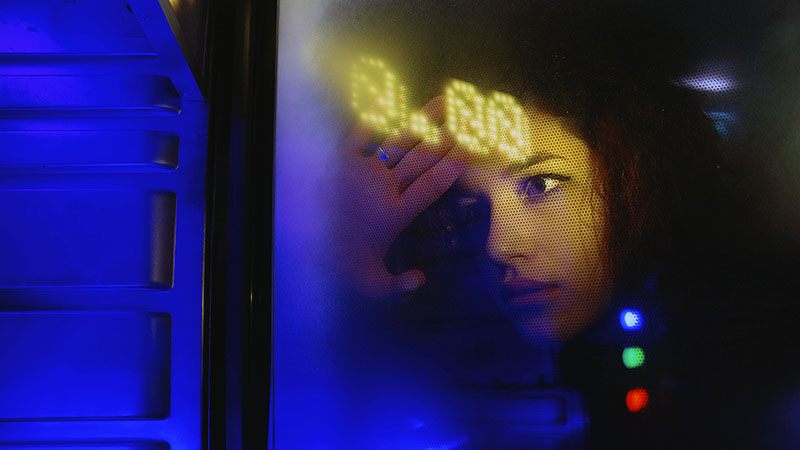Escape room Theory
When it comes to the math behind escape rooms, many players prefer the magic to stay deeply covered. If you do not know for sure how things work, then every adventure feels like an entirely new trip to you. On the other hand, understanding and recognizing patterns is crucial to the players who try to make a new record.
Think about it: when you’re doing something for the first time, you always need extra time to get around all the problems and confusing situations that may appear. But when you know something from the professional side, you don’t need to struggle so much. Even if the puzzles are complicated, you’ll know what the creators intended to make you do – and will progress faster, without making silly mistakes that can get you disqualified.
How Do Escape Rooms Work
The main problem that appears when someone is trying to set up a new real-life quest is the necessity to keep to these two rules:
- Puzzles must be complicated. If the riddles are too simple, the players will crack them in the first ten minutes or so and get out, gradually disappointed.
- The players shouldn’t get stuck. If the team is spending more than 5-7 minutes on the same puzzle, it is mostly considered a bad thing. The sixty minutes that are offered at the start of the game have time buffer for situations where the escapees don’t know what to do, but it cannot be endless. If most of the players who enter the room can’t finish even the first half of it, then the puzzle designer is at fault.

So we need to keep people solving puzzles, but there shouldn’t be too many situations where the teams are wasting precious time. How do we achieve that? Here’s what escape room theory has for the case:
- One puzzle should lead to another, in most cases. The alignment is not always linear. But for the most parts, when you discover a new item or a clue, you may immediately apply it to another riddle in the room. The one big exception is the beginning. When you first enter an escape room, you can have up to 6 parallel puzzles available, so if you’ve only found two of them, do not try to immediately apply the first acquired item to the second puzzle if you see from the first few tries that it’s not working. You’ll find a suiting challenge elsewhere.
- There should be no misleading paths. If you’re a creator, don’t try to fool the players with a way that leads nowhere. Every puzzle should bring the team closer to the goal.
- All the items should be used once (except universal things like a lighter or a rope). If an object can be used twice, the players will try to use it for the third and fourth time, because the game design told them it’s reusable. That’s how many teams lose.
The best escape rooms are created according to these simple rules. The adventures that can be established upon the theory set are countless! Check this yourself at Quest Factor in Seattle.

